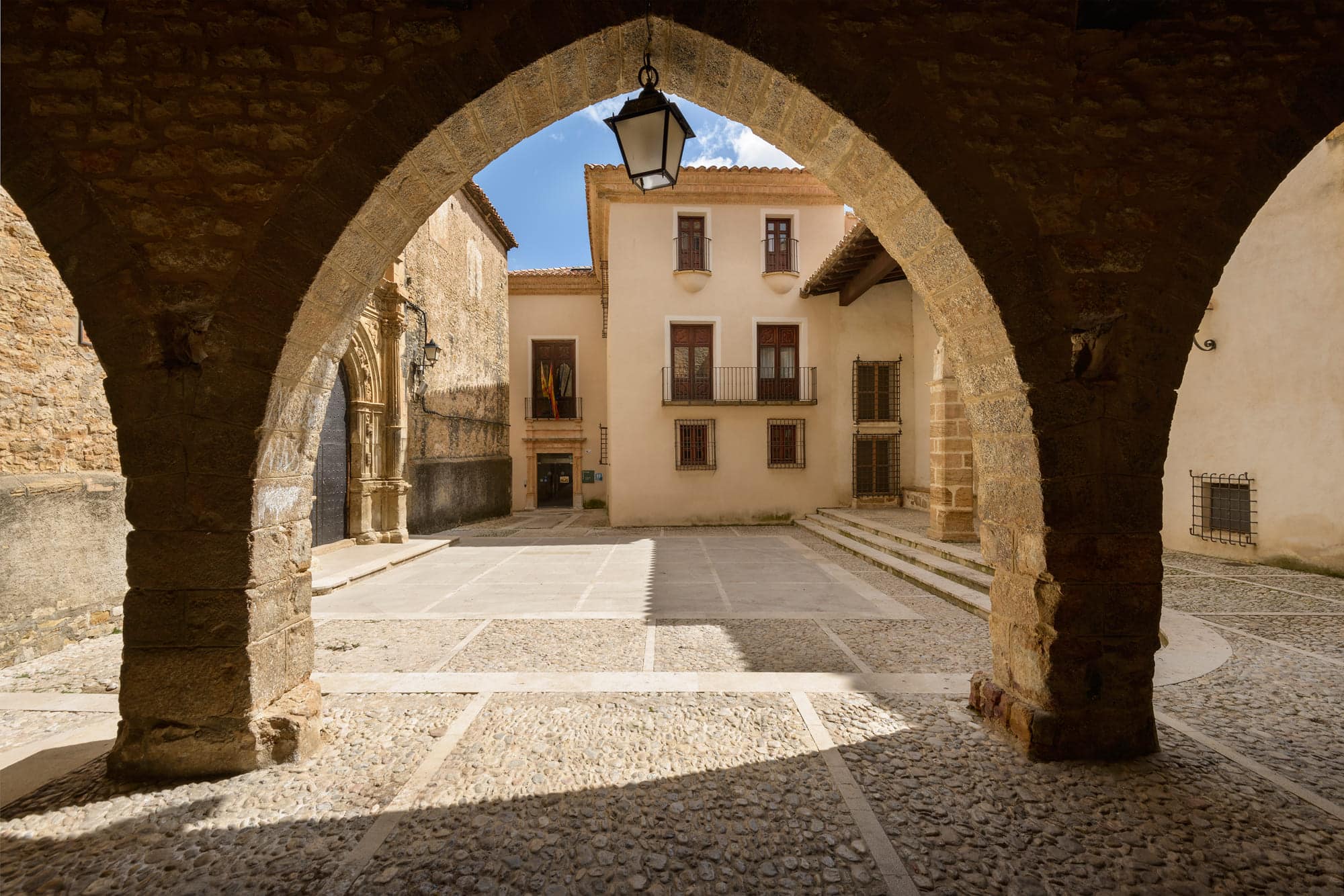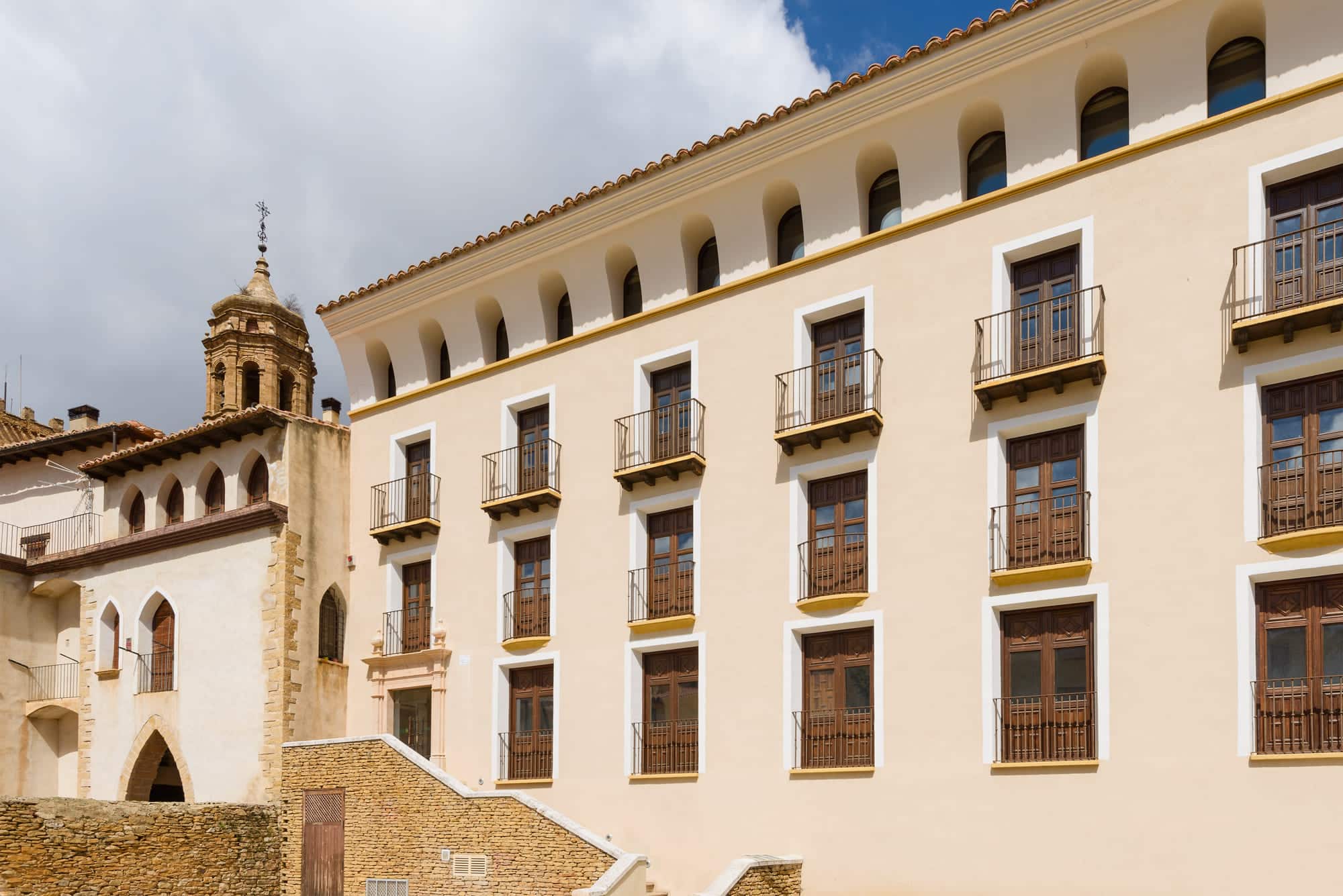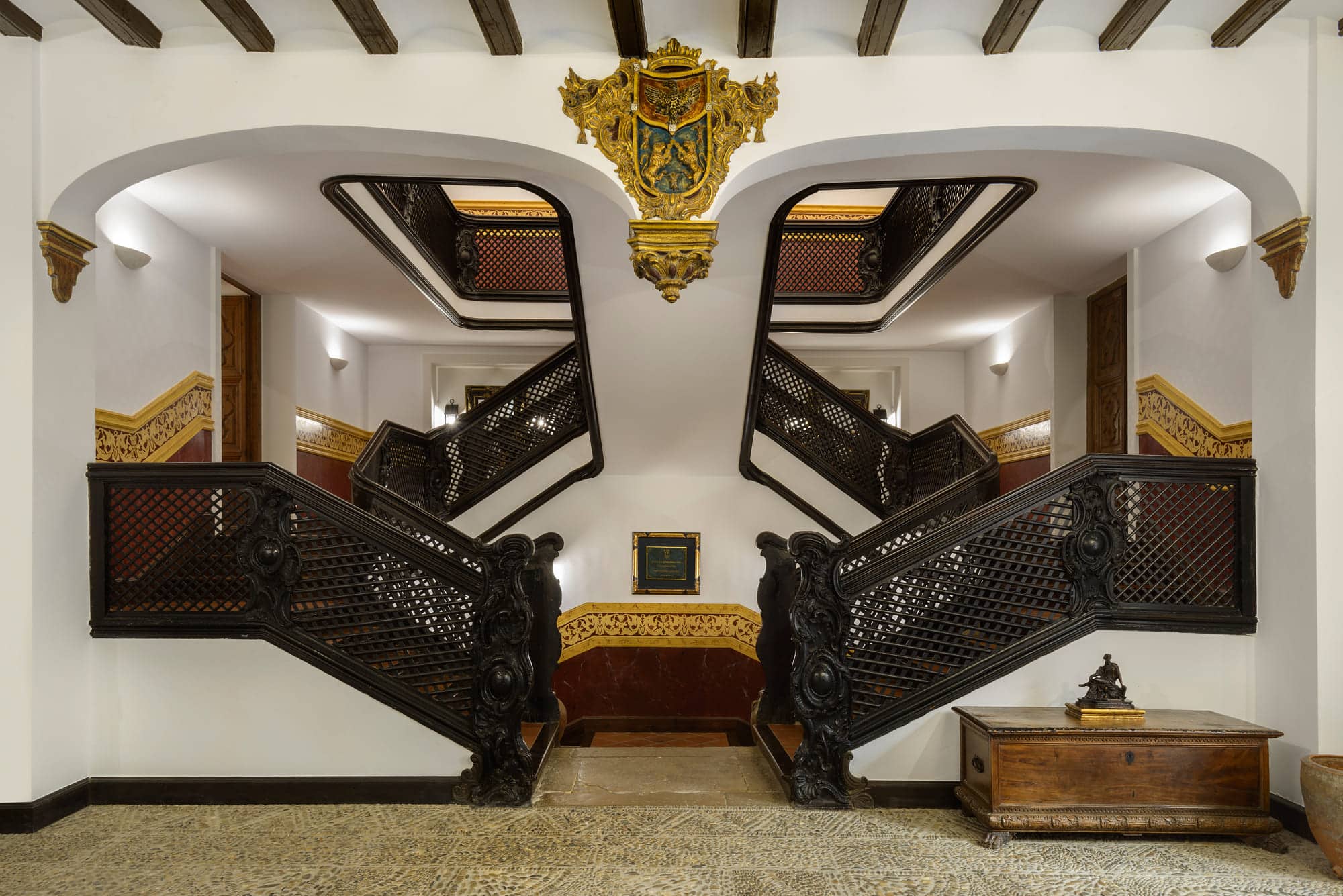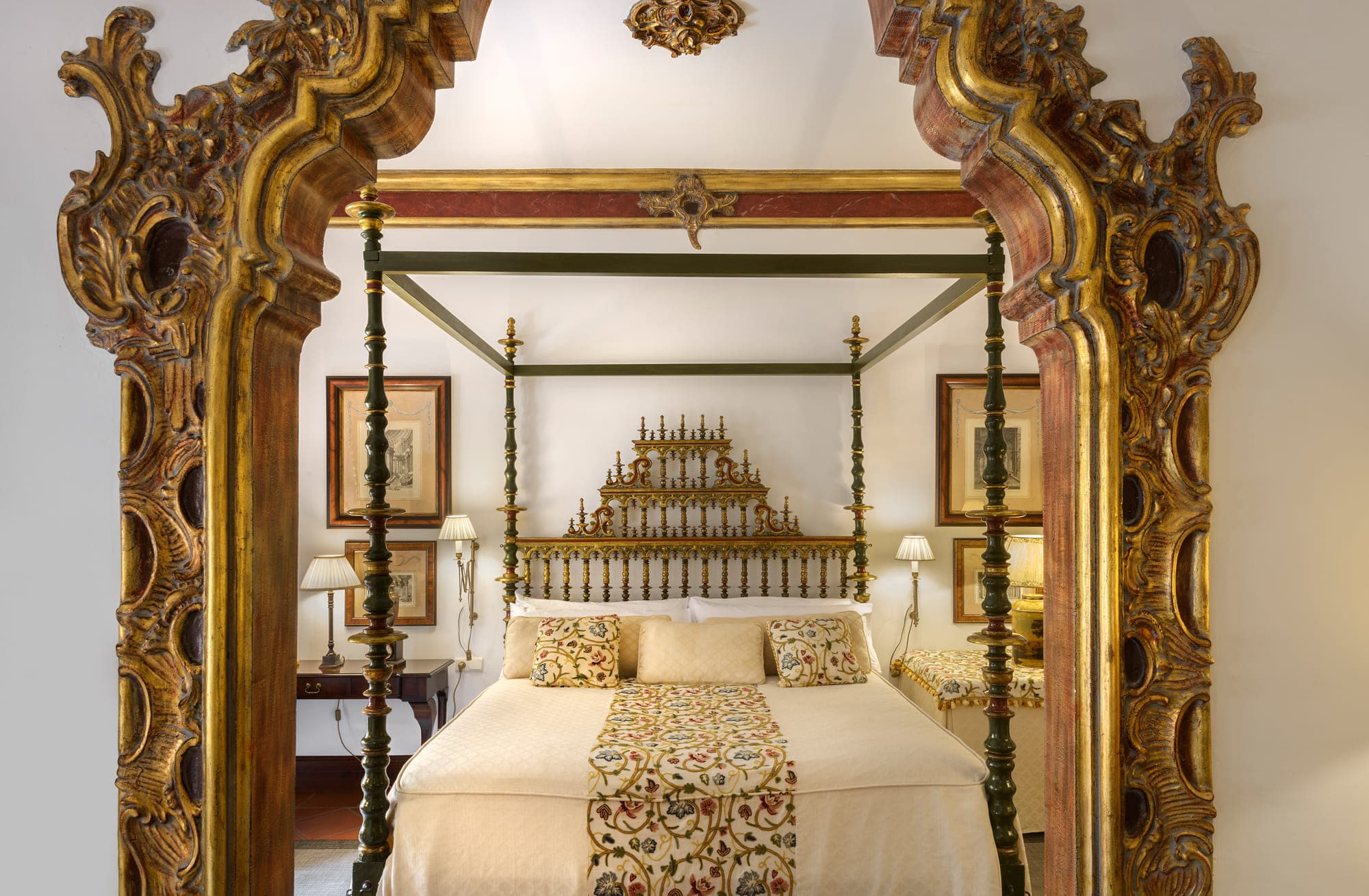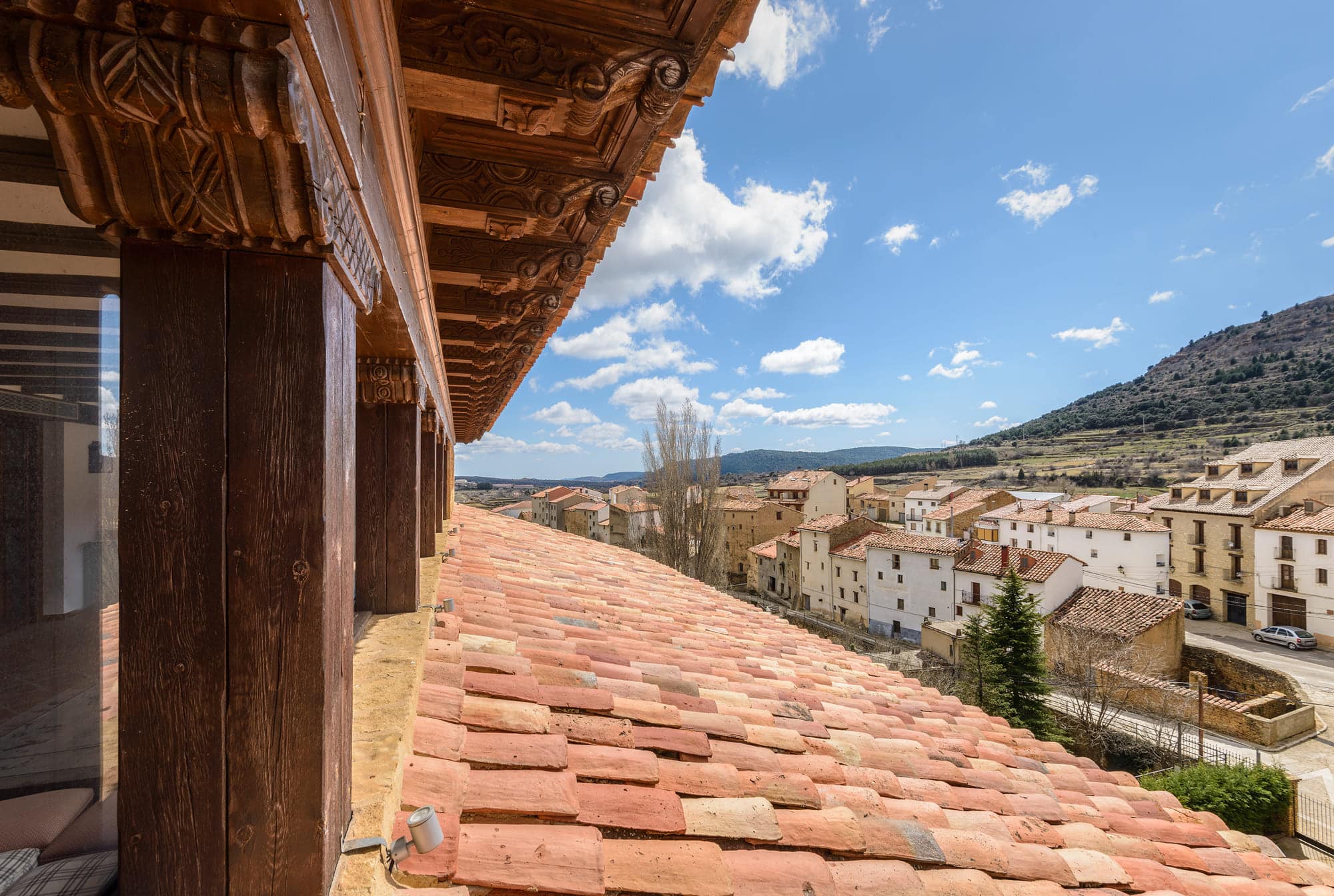history
Matutano-Daudén Palace Hotel is located in La Iglesuela del Cid, a charming village in the Maestrazgo region of Teruel, divided by two rivers.
A VILLA OF THE 13TH CENTURY
History of Iglesuela del Cid
The origin of La Iglesuela del Cid dates back to its consideration as a town during the Middle Ages, although the Iberians and Romans settled in the area before that. After the reconquest of the current Maestrazgo from the Muslims, the custody of the town was entrusted to the Order of the Temple in the 13th century and a century later to the Order of the Hospital.
Some place names in the municipality, a legend, and even its own name, recall the passage of El Cid Campeador through the municipality. The first reference to the town is found in a donation document of 1204 from Pedro II of Aragon to Gascón de Castellot. In 1212 it is already mentioned within the limits of the Bailiwick of Cantavieja, and in 1242 it was granted a Town Charter by the Order of the Temple.
In 1317, when the Order of the Temple was dissolved, this and the other villages became dependent on the Hospitaller Order of San Juan.
The development of the town took place during the Renaissance, thanks to the wool trade, a splendour reflected in the beautiful architecture that was built until the beginning of the 19th century. Thus, between the Plaza Mayor and Calle Ondevilla we find the 18th century Palacio de los Matutano-Daudén. Opposite this building is another smaller building belonging to the Daudén family, and the Guijarro and Aliaga Palaces located in Calle San Pablo. One of the most significant Baroque palaces in this historic complex, the Agramunt Palace, was built around the Calle Mayor.
During the Carlist Wars of the 19th century, La Iglesuela del Cid was also affected by the clashes between liberals and Carlists. An important moment for the town was the visit of the pretender Charles V to Maestrazgo, who stayed at Casa Blinque for eight days at the beginning of August 1837. There, in addition to regaining his strength, he dictated numerous government measures.
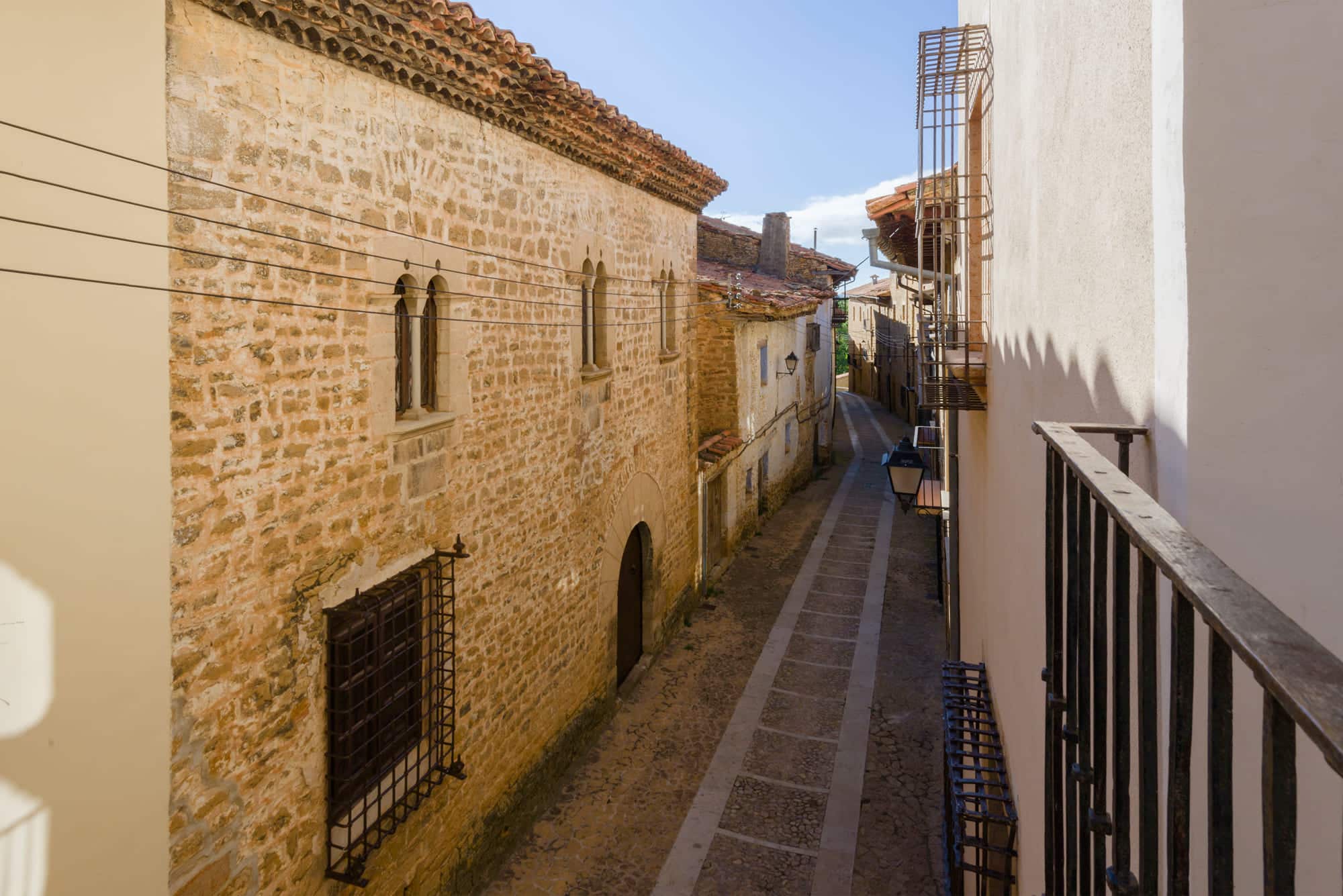
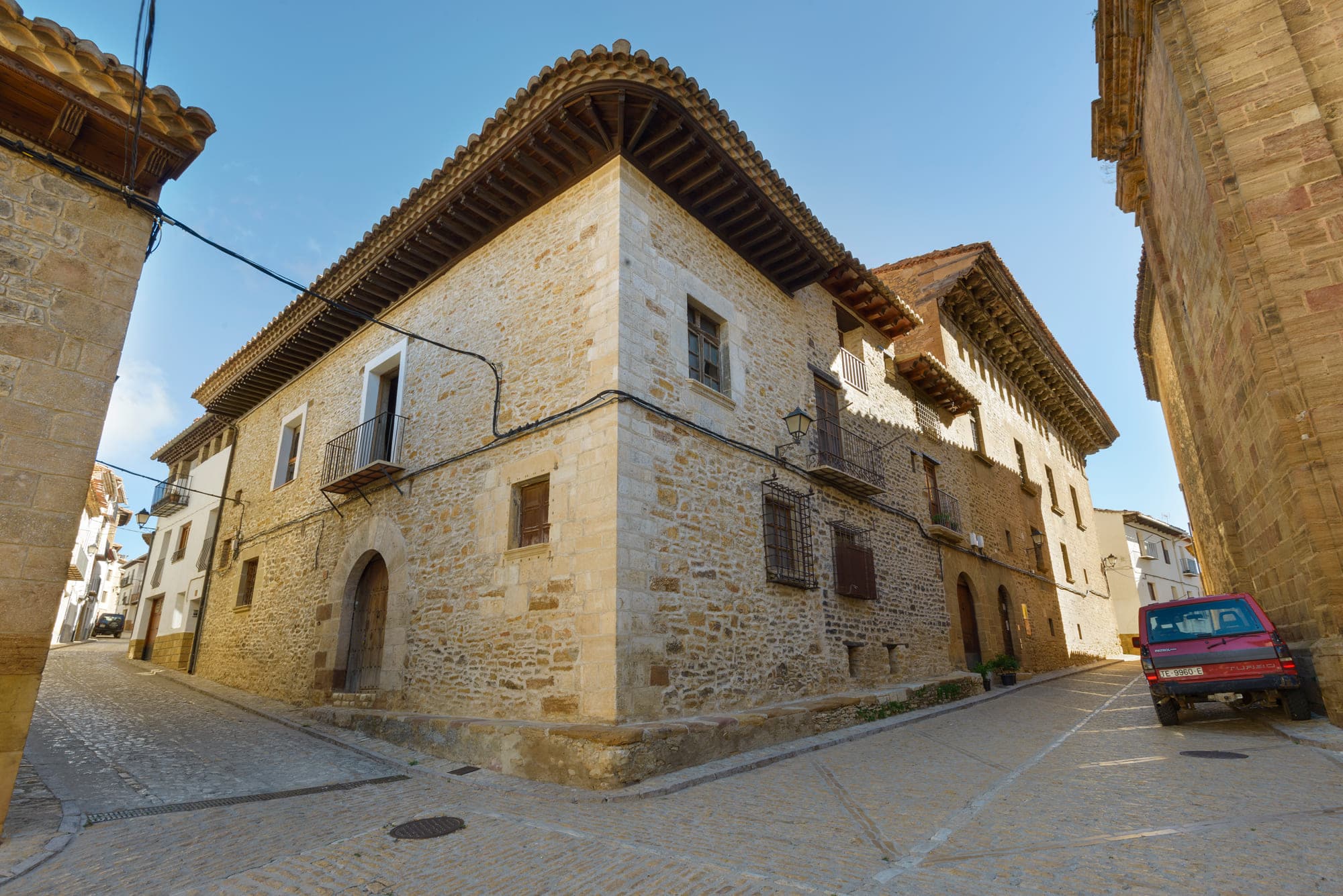
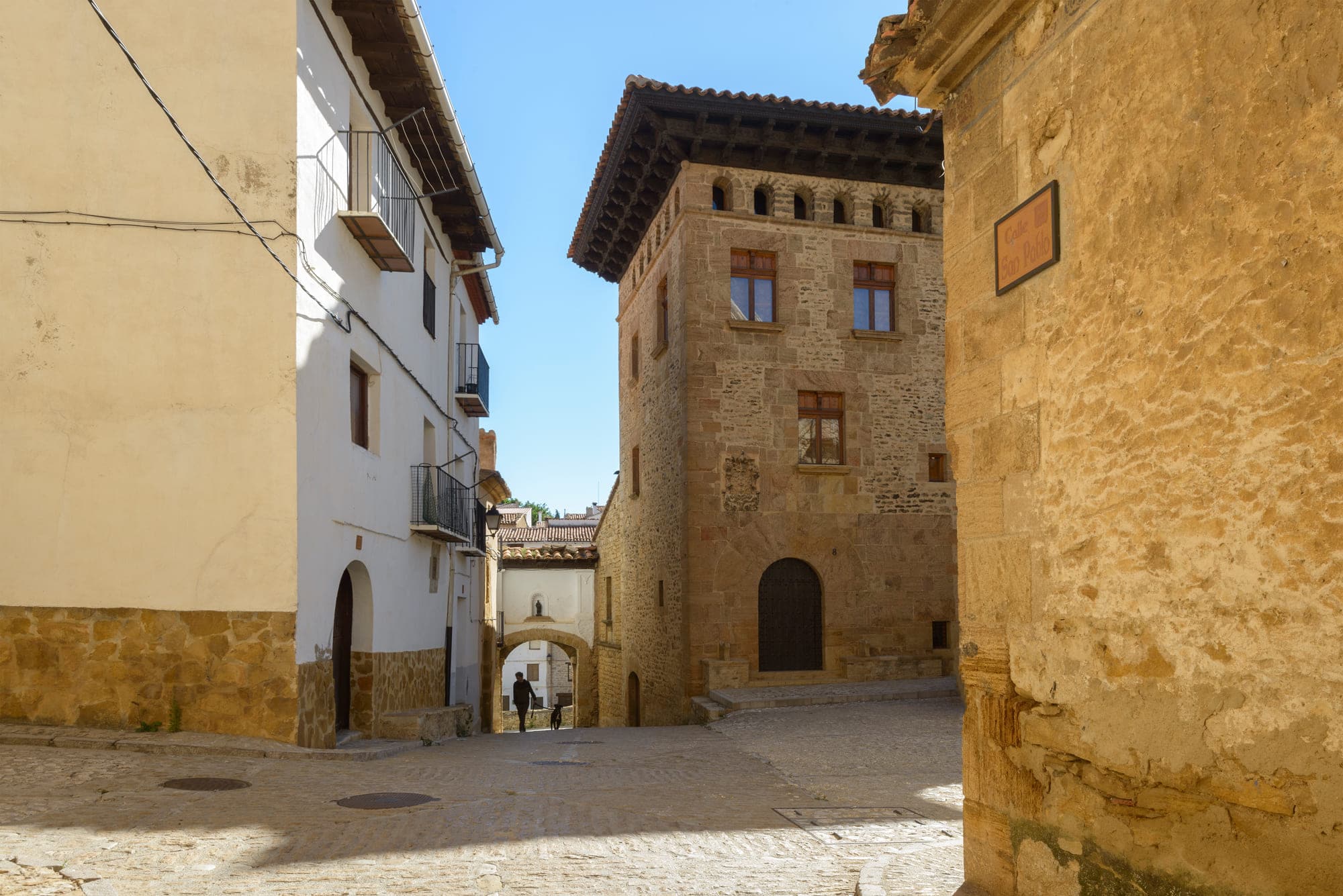
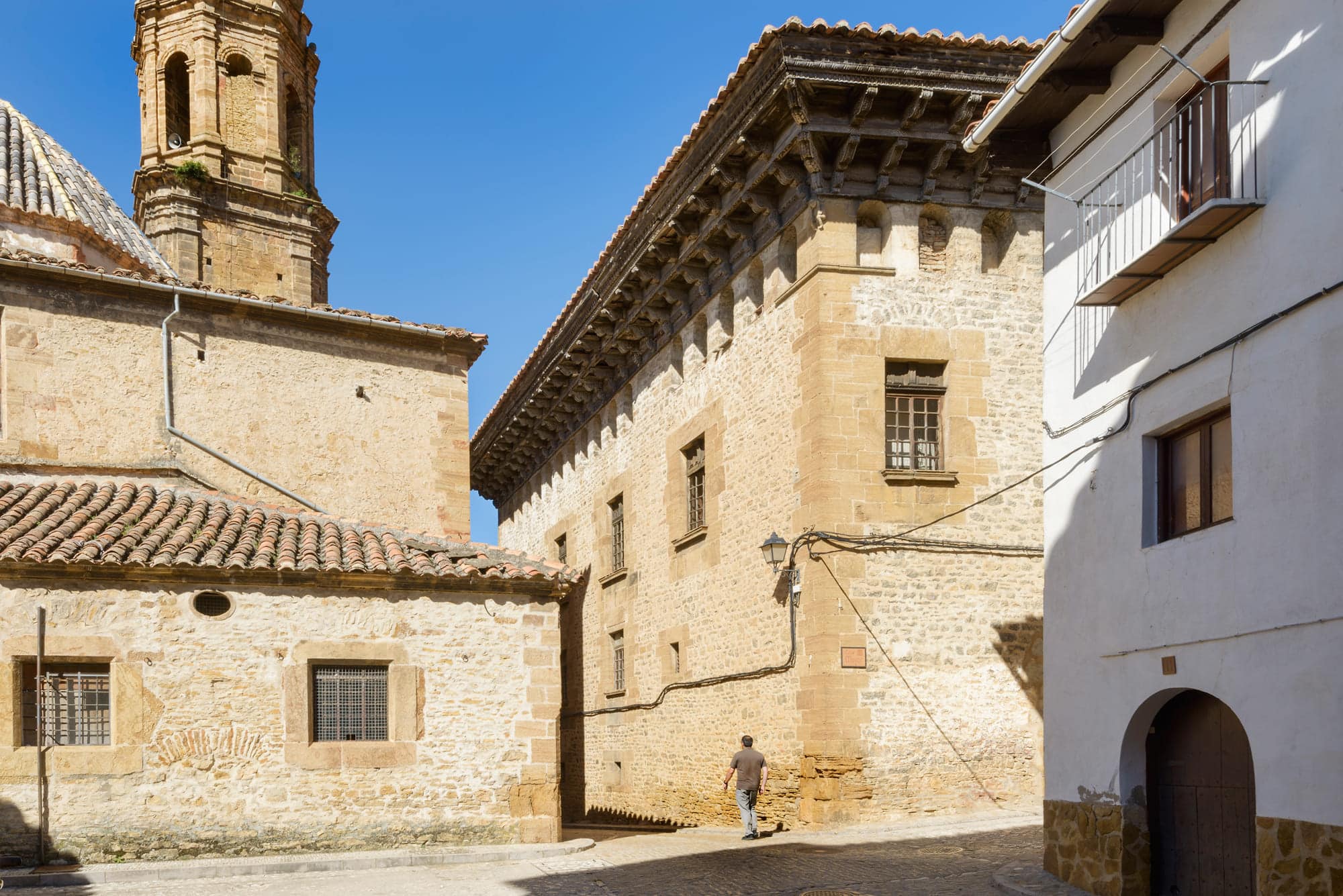
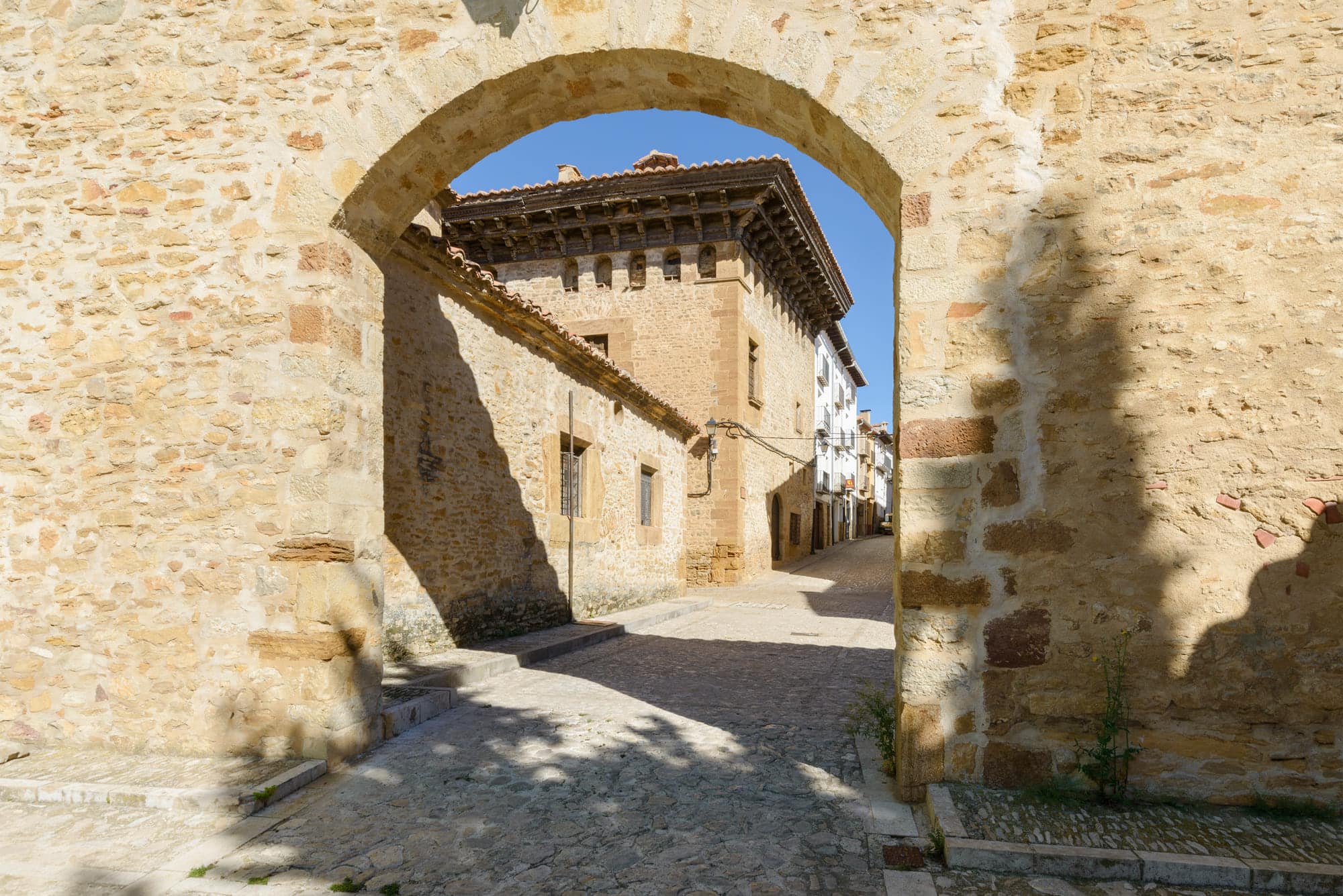
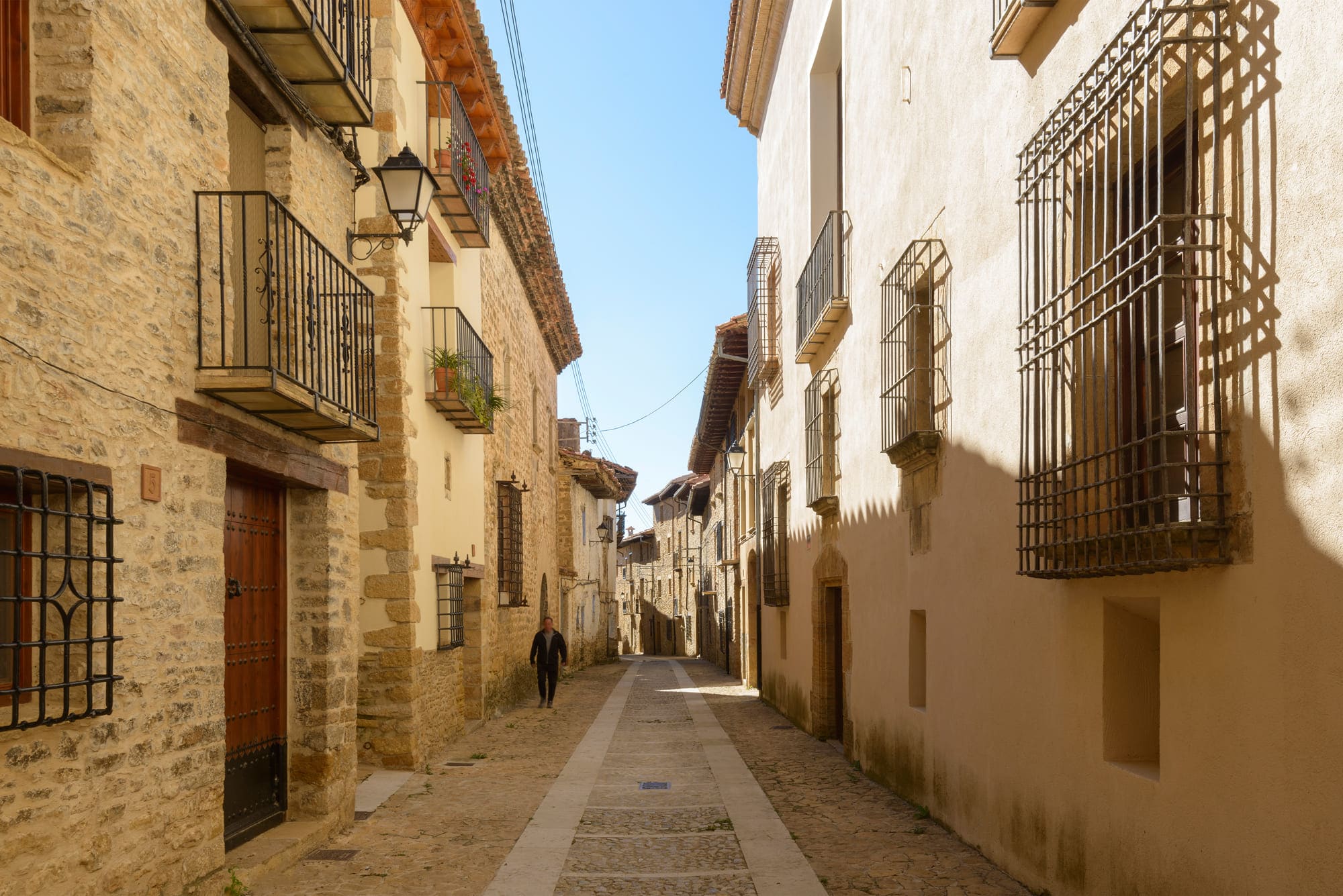
A SURNAME WITH HISTORY
History of the Matutano Family
There is evidence that the origin of the Matutano surname in this town in the province of Teruel began with D. Pablo Matutano in 1508. The trades of the first settlers with this surname was that of “pelaires” (trading and exporting wool to Spain, France and Italy), which began to forge its wealth and reached its maximum splendour between the 16th and 18th centuries.
It was King Carlos III, who granted the pragmatic of Hidalguía in 1760, to Francisco Matutano Thena, acquiring the coat of arms, in the two upper quarters (tower and raised arm wielding sword) correspond to the surname Matutano, and the lower quarters refer to the surname Thena. The Matutano family originally owned the ancestral home known as “Del Blinque” (in the Templar period, the Treasurer’s residence) in 1650, this building being the family’s original home and therefore the inheritance received by the first son, until the constitution of 1812.
This family accumulated wealth, in addition to the original wealth, both in urban and rural property, including the manor houses in La Iglesuela del Cid, which have changed their name through marriage crosses
Casa Agramunt, today owned by Manuel Agramunt Ros de Ursinos, whose property he inherited from his grandmother Asunción Matutano.
House known as Casa de las Notarías or Casa de los Aladreros: It belonged to the estate of Isabel Matutano, who gave it to her nephew Rafael Angulo.
Casa Aliaga, a typical 16th century stately building, fully preserved as it was originally, belonged to Alfonso Matutano Gil, whose descendants sold it to the Town Council of La Iglesuela.
Matutano Daudén Palace, inherited in 1890 by Manuel Matutano Daudén, who died in 1971, leaving it to his nephews Brotons, who sold it to the Government of Aragon.
